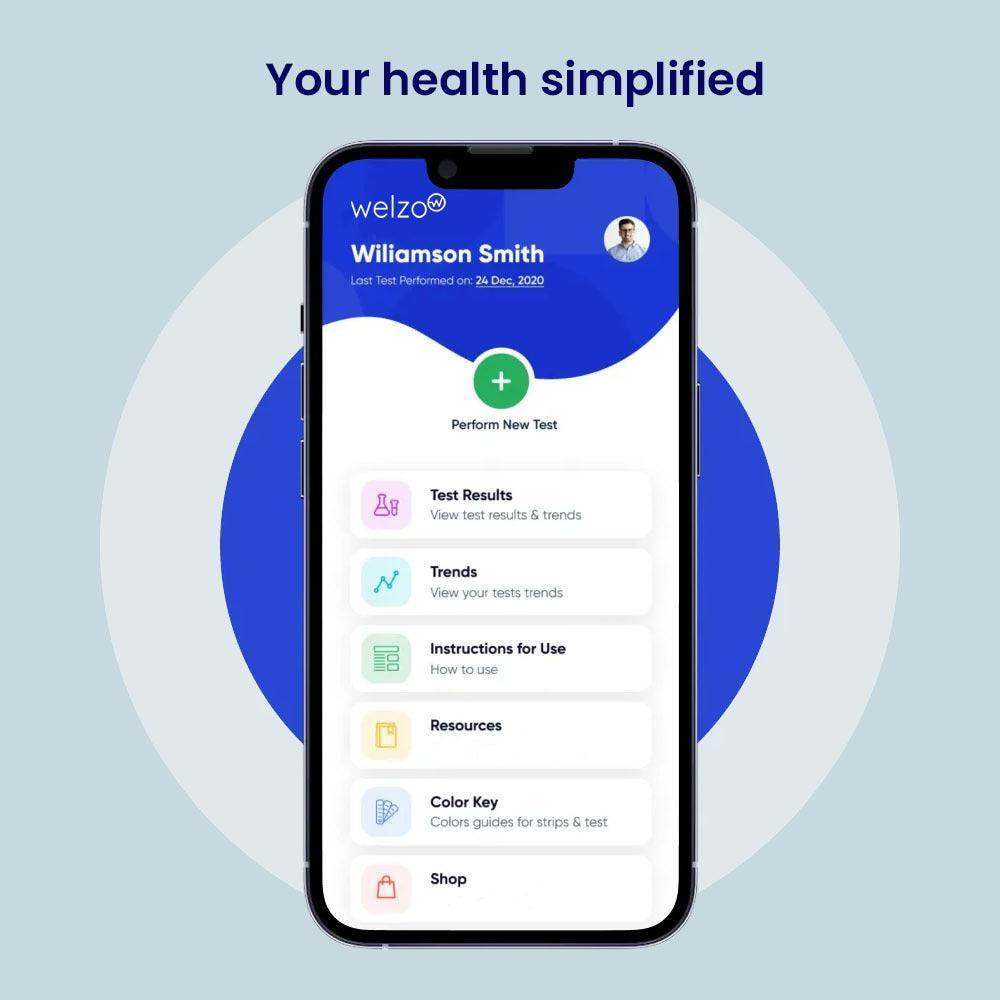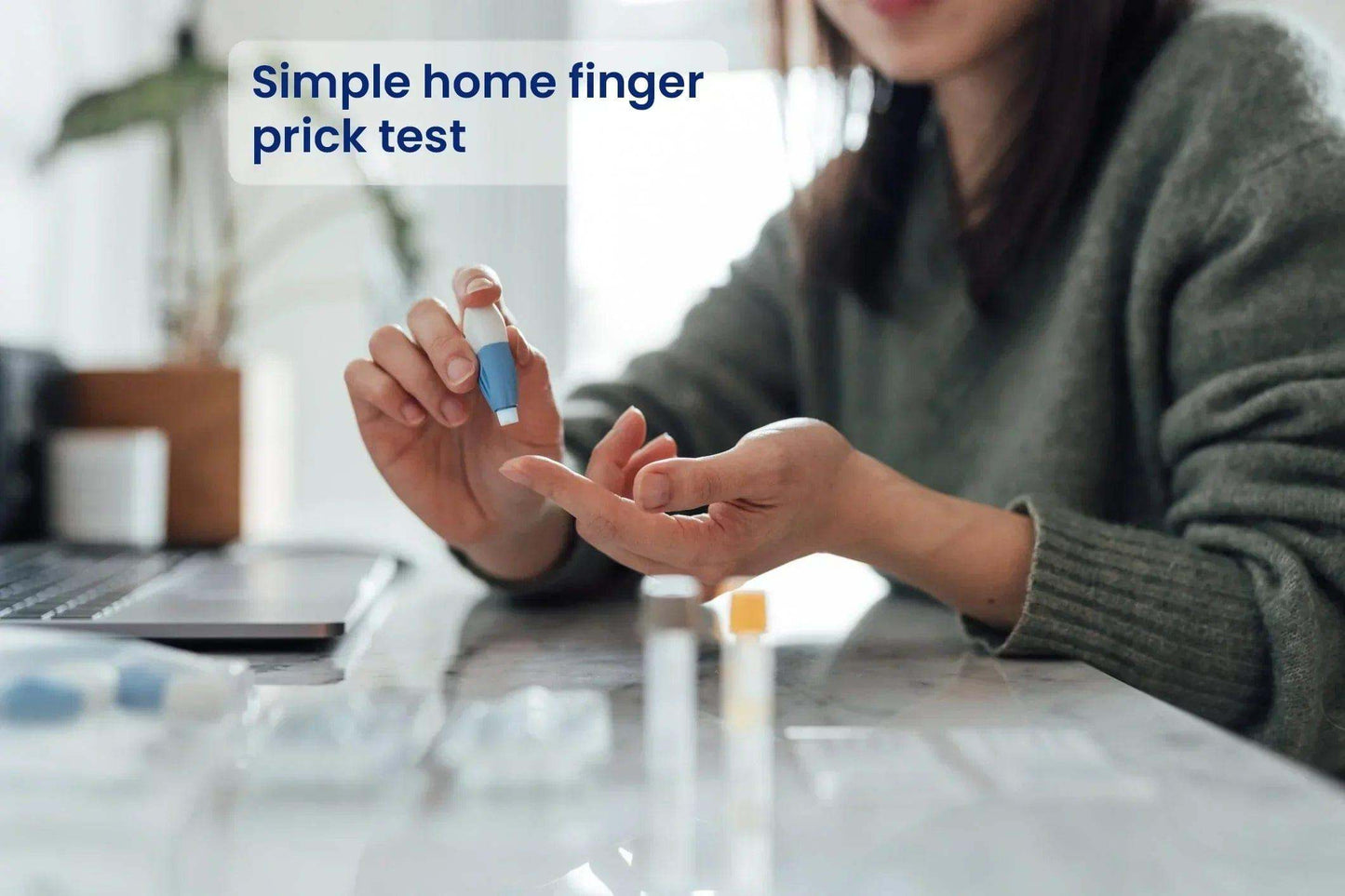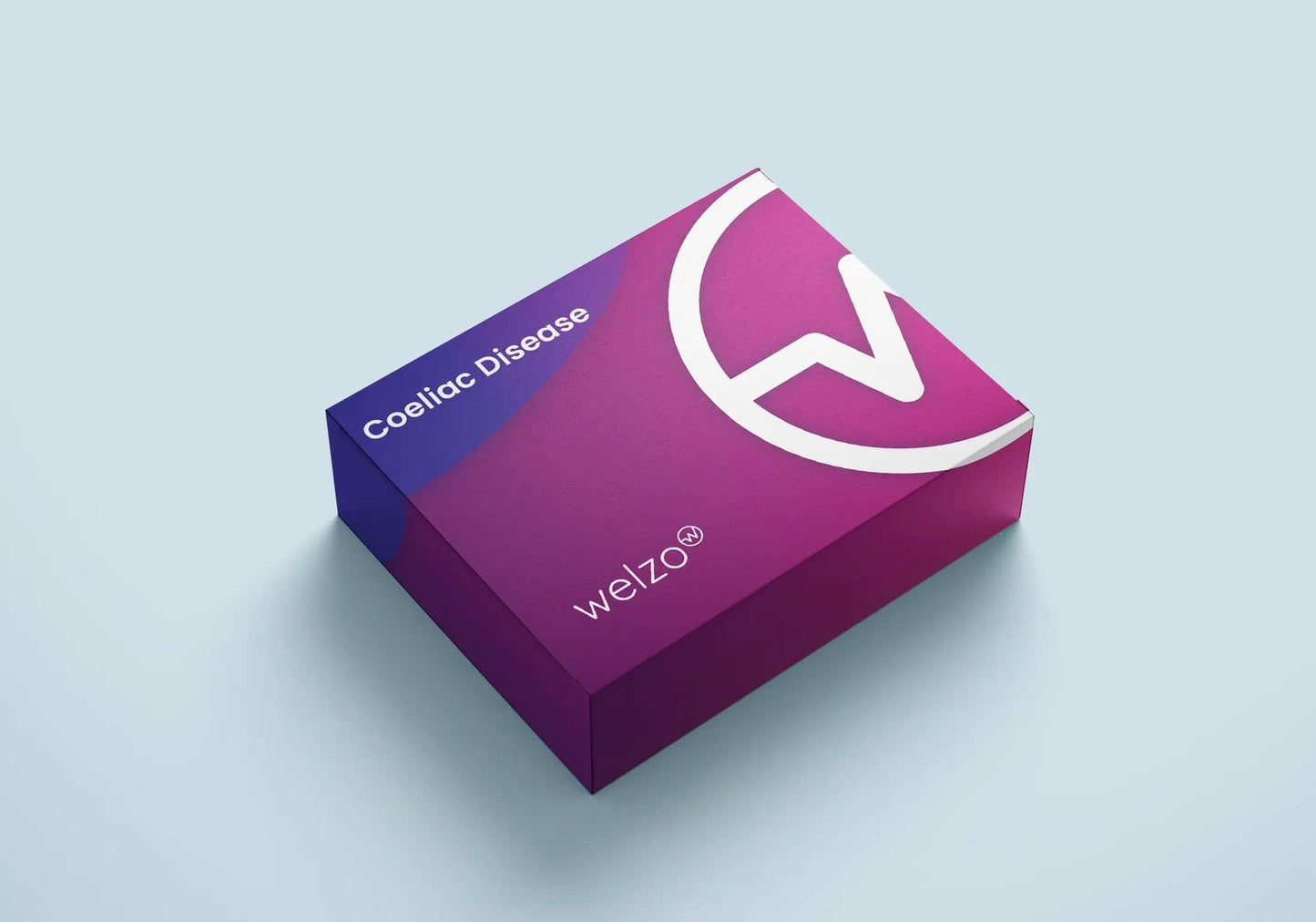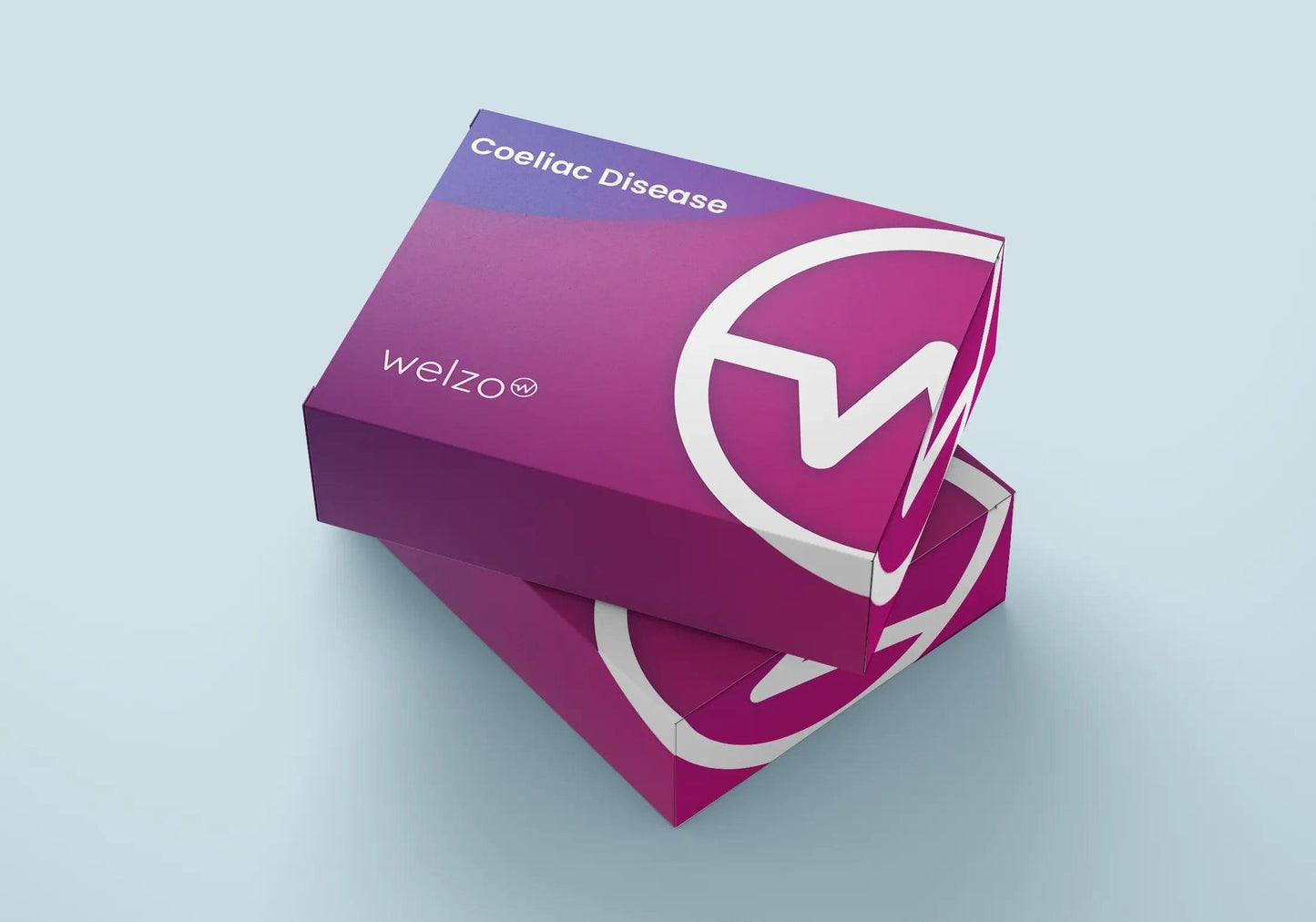Coeliac Disease Home Blood Test
£10.00
Sale price
£10.00
62 Reviews
To test for Coeliac disease a simple finger-prick blood test can determine the results.
Free next-day delivery
Results within 2 days
What does this include?
- This test checks for gluten intolerance.
The UK's Highest Rated Home Testing Provider
- Biomarkers
- Information
Gluten Intolerance
Symptoms of Gluten Intolerance
Additional Information
Additional Insight from Dr Sameer Nakedar, MBBS, MRCGP, PGCert
Statistics on Coeliac Disease and Gluten Intolerance

6%
Of the UK population have a gluten intolerance
It is estimated that roughly 6% of the UK population may suffer from a gluten intolerance.

1%
Of Brits have Coeliac Disease
Coeliac disease is an autoimmune disorder where your own body attacks itself when you digest gluten. Around 1 in 100 Brits suffer from this disease with early diagnosis being essential for lifestyle adaptation and treatment options.






How to take your Welzo Test
You're one step closer to discovering a healthier you! Taking your Welzo test from the comfort of home is simple and straightforward. Click the link below to learn more about how it works.






















 Rated Excellent by 14,617+ Reviews
Rated Excellent by 14,617+ Reviews